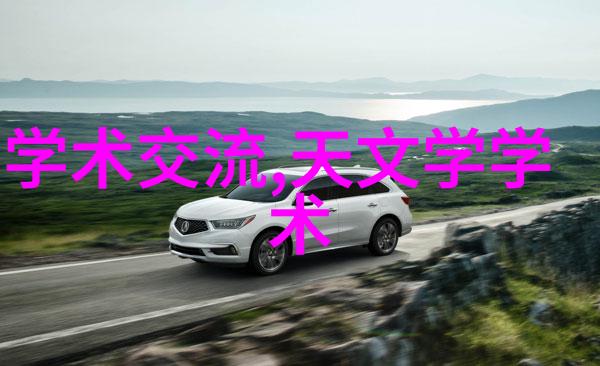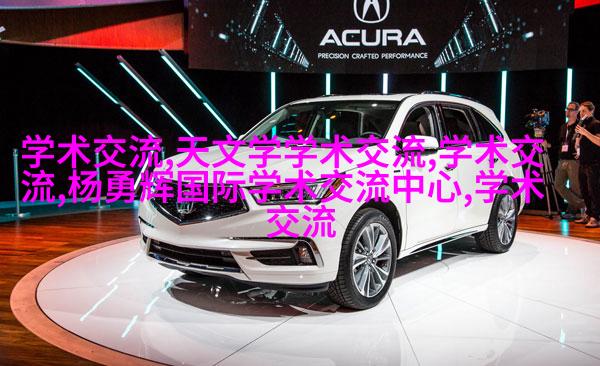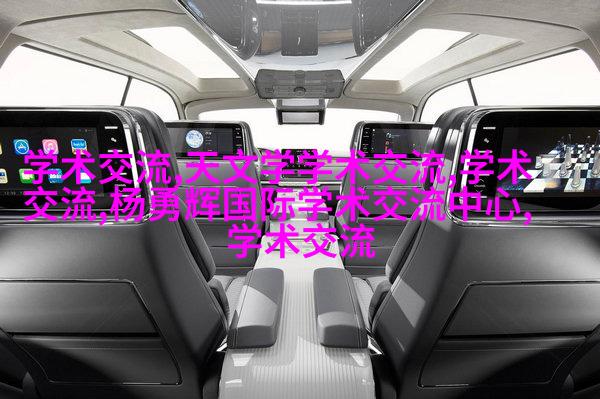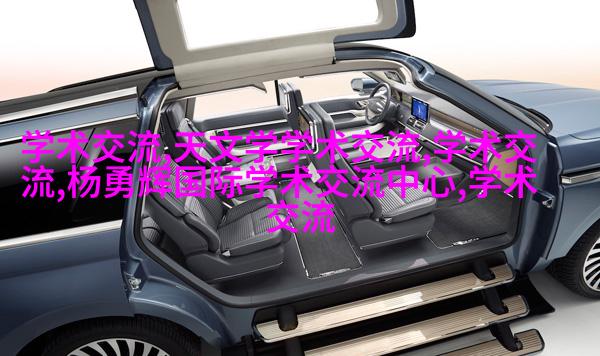构建响应式界面element ui 中的布局系统解析及实战指南
在现代前端开发中,一个优秀的UI库能够极大地提升开发效率和用户体验。element ui 就是这样的一个强大的工具,它提供了一系列丰富的组件和灵活的布局系统,可以帮助开发者快速搭建响应式界面。本文将详细介绍element ui 中的布局系统,并通过实战案例展示如何高效地使用这些功能。

布局基础
在 element ui 中,布局是实现页面整体结构的一种方式。它不仅包括了基本的网格排列,还包含了复杂场景下的定制化支持。最常用的布局组件有el-row(行)和el-col(列),这两个元素可以自由组合,以形成各种复杂网格结构。

网格系统
网格系统是构建响应式界面的核心部分。在 element ui 中,每个容器都被分割成12等份,这意味着你可以根据需要对内容进行精确控制。你可以通过指定每个单元格所占比例来定义子元素宽度,从而实现美观且一致的视觉效果。

<template>
<div class="container">

<el-row :gutter="20">
<el-col :span="6" v-for="(item, index) in items" :key="index">

{{ item }}
</el-col>
</el-row>
</div>
</template>
<script>
export default {
data() {
return {
items: ['item1', 'item2', 'item3', 'item4']
};
}
};
</script>
<style scoped lang="scss">
.container {
padding: 20px;
}
</style>
响应式设计
随着设备屏幕尺寸不同,应用程序需要能够适配不同的显示环境。这就是响应式设计得以发挥作用的地方。在 element ui 中,你可以利用breakpoint参数来为特定的断点设置不同的样式或者隐藏某些元素,当达到或超过这个断点时,这些变化会自动生效。
<template>
<div class="responsive-container">
<h1>Responsive Design Example</h1>
<!-- For screen sizes up to the "md" breakpoint -->
<p v-if="$mq === 'xs' || $mq === ''">Extra small text.</p>
<!-- For screen sizes from "sm" to "lg" breakpoints (inclusive) -->
<p v-else-if="$mq === 'sm' || $mq === 'md' || $mq === 'lg'">Small to large text.</p>
<!-- For screen sizes greater than the "lg" breakpoint -->
<p v-else>Large and extra large text.</p>
</div>
</template>
<script setup lang="ts"></script>
<style scoped lang="scss">
.responsive-container{
/* ... */
}
/* Media queries for different screensizes */
@media (max-width:599px){
.responsive-container p{
color:red;
}
}
@media (min-width:600px) and (max-width:1023px){
.responsive-container p{
color:green;
}
}
@media(min-width:1024px){
.responsive-container p{
color:blue;
}
}
</style></codeblock></pre><codeblock id="_mediaqueries_"></codeblock></article><article id="_advanced_layouts_" role="_group"><header role="_banner\"><h2>Advanced Layouts with Element UI Components</h2></header><section id="_card_components_" role="_region"><h3>Card Components & Grid Systems for Advanced Layouts</h3><figure role="_graphic"><img src="/images/advanced-layouts-card-components.png"></figure><details open=""><summary>How Card Components Work Together with Grid System?</summary>\[...]</details>\[...]</section></article>\]